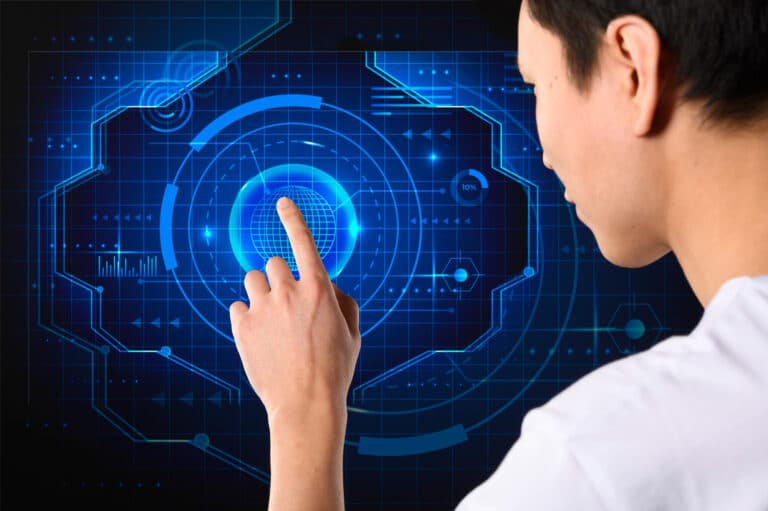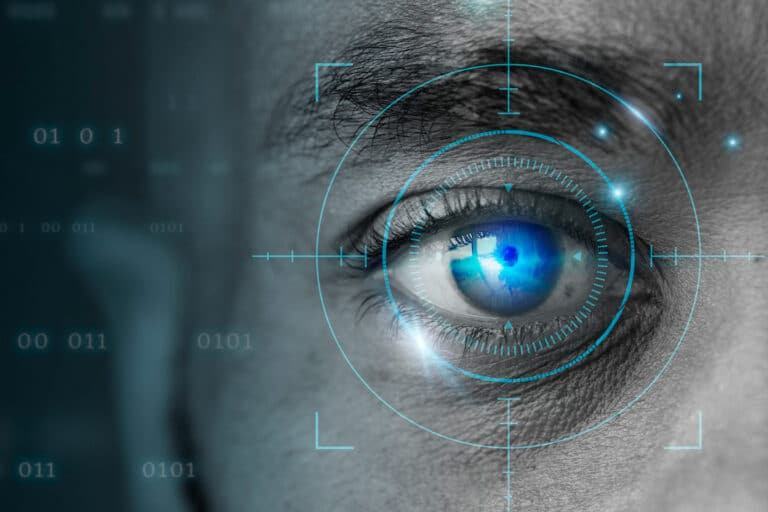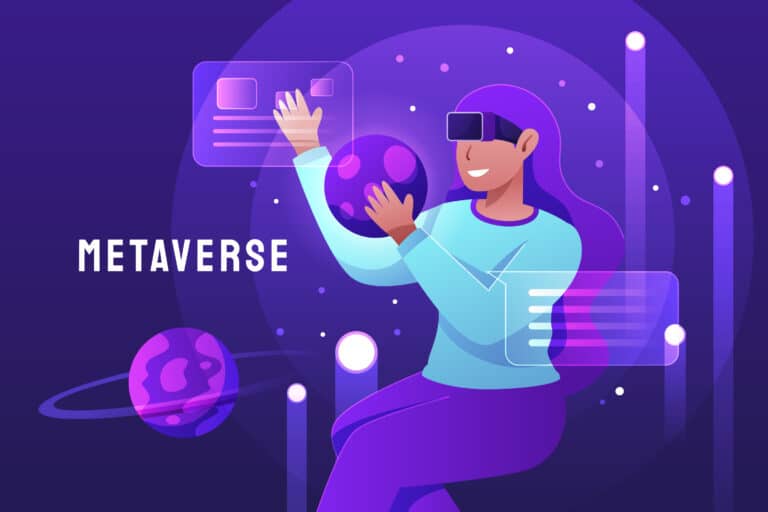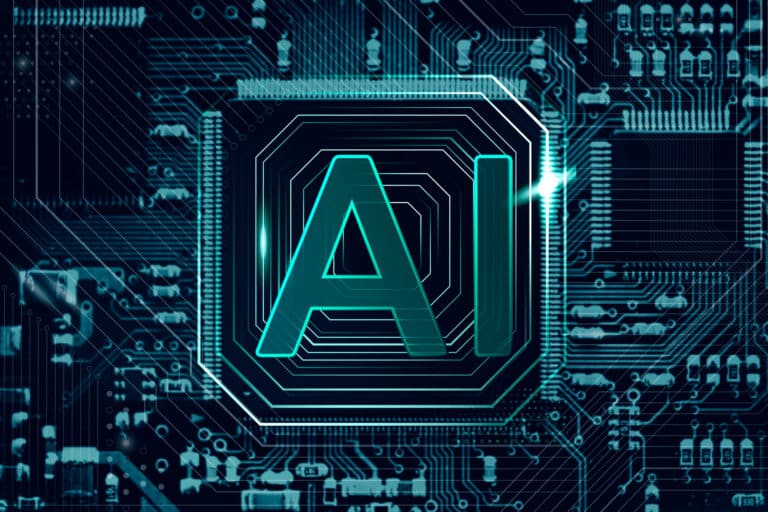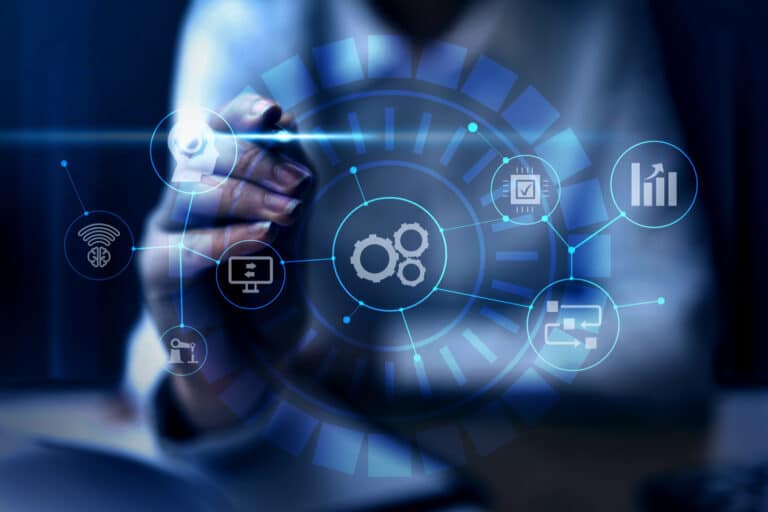What is Machine Learning?
Machine Learning Development Services computers can be taught with learning abilities equal or greater than those of humans in the field of artificial intelligence (AI). Data is read by computers to learn characteristics (patterns, regularities, rules, etc.), then used as a basis for discovering and applying new characteristics.
Image recognition technology can be developed by using machine learning to identify people, objects, scenes, written texts, etc., by analyzing image data. Voice recognition technology and facial recognition technology both match and discover individual faces. In recent years, technology has been developed that understands language and transcribes it into text.
Effects of Introducing Machine Learning Tools
Learn large amounts of data quickly and accurately
Data features (patterns, regularities, rules, etc.) can be learned by machine learning much faster and more accurately than by humans. Moreover, once learned data has been stored without being forgotten, the more you learn, the more accurate your results will be.
Discover new features (patterns, regularities, rules, etc.)
A computer is capable of learning overwhelmingly more data than humans can process, enabling new characteristics (patterns, regularities, rules, etc.) to be discovered and utilized in various industries.
Make effective use of existing data assets
The use of machine learning is now possible for utilizing vast amounts of previously unusable or discarded data, such as network traffic logs and IoT sensors.
Machine Learning Development Services
Introduction consideration, users
Departments and system development departments that require new knowledge other than manual data analysis and experience when formulating strategies for their own business and improving business efficiency.
Functions of Machine Learning Tools
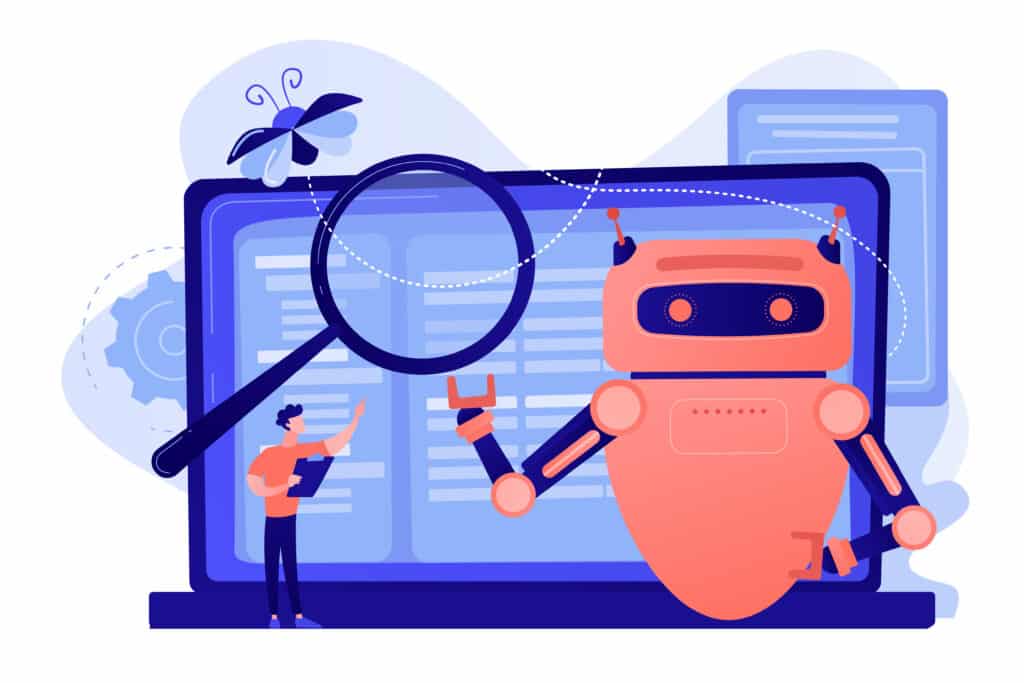
Learning function to improve detection accuracy
| function | Explanation |
|---|---|
| Predictive model creation | Create a predictive model by training data with specified labels |
| Specifying correct labels and classifying image categories | Specify an image and the correct label, train it, generate a predictive model, and classify the image into categories. |
| quality learning | Trains only images of non-defective products, classifies non-defective products from non-defective products, detects differences between non-defective products and detects defective products. |
| Split detection | Divide the image into small regions and categorize each region |
| Automatic generation of training data | Automatically generate training data by flipping, rotating, or changing the color of the original image of the training data |
| accuracy calculation | Calculates the accuracy of detection results when performing detection using the trained predictive model. Calculation results can be used as accuracy thresholds |
Cooperation with external systems
| function | Explanation |
|---|---|
| API provision | Provide an API that allows you to use machine learning functions from external systems |
| Supports multiple programming languages | Provides a programming environment for machine learning using the R language for statistical analysis, Python, a general-purpose programming language, etc. |
| Library (Framework) | Provides a library (framework) with pre-installed various functions related to machine learning |
Points to consider when choosing a machine learning tool
Machine learning can be broadly divided into the following tools:
- Connect to cloud services using trained AI/machine learning service APIs provided by cloud providers such as IaaS and PaaS . In addition to being able to use services that have already been learned, you can also repeat the learning and apply it to specific applications.
Machine learning developed from scratch for use in specific applications
- We prepare an environment to execute machine learning on-premises or in the cloud. By repeating learning, you can build an AI specialized for a specific purpose.
Introduction form
Machine learning includes software package products (including open source) that are installed in on-premises environments, and tools provided as cloud services. Tools in an on-premises environment can be used standalone or in a closed network for quality control on production lines at factories and other production sites, and for predicting abnormalities and failures in production equipment. Cloud services allow you to start machine learning without having to prepare your own tools and with a low initial investment.
Price form/contract form
Machine learning prices vary depending on the product/service. Open source machine learning libraries (frameworks) are also available for free. The price of a product installed in an on-premises environment is around 1 million to 5 million yen. In the case of services provided by public clouds, it varies depending on the functions used, usage time, amount of data to be trained, etc., but for example, if you use AWS’s voice recognition service “Amazon Transcribe” to transcribe a 120-minute meeting. The price is 2.88 USD, which is very reasonable.
Requirements for introducing machine learning tools and how to collaborate with other tools
What you need at the time of installation
For software package products to be introduced in an on-premises environment, the minimum required is a server to install and run the software, and storage to store a large amount of learning data. For public cloud machine learning services, you do not need to prepare hardware, but you do need to prepare training data.
Services that utilize machine learning technology
Representative examples of services that utilize machine learning technology include the following. The accuracy and characteristics vary depending on the cloud service provider, so when making a selection, you will need to try each one and check the accuracy and whether it can meet your needs.
・Image recognition
Analyzes the visual content of image data and identifies people, objects, scenes, etc. It can be used for quality control to detect defective products from photos taken, detection of inappropriate content, etc.
・Video analysis
Analyzes the visual content of video data and identifies people, objects, scenes, etc. It is possible to capture and control the flow of people and objects included in a video scene.
・Face recognition
Analyzes human faces in images and videos and extracts attributes such as gender, age group, facial expression, and eye and hair color. You can also set a specific face to help you find your target in a crowd.
・Character recognition
Detects and recognizes character strings contained in image data and converts them into text data.
・Speech recognition
Recognizes the audio of audio data or video data and transcribes it as text data. It can be used for creating meeting minutes, etc.
・Speech synthesis
Reads text data and converts it into natural human-like speech.
・Translation
Automatically translates the result of character recognition. Or translate the voice recognition result and read it out in that language.
・Chat bot
Understands the meaning of input text data and responds. You can have a bot that responds to inquiries and escalates them to humans if necessary.


